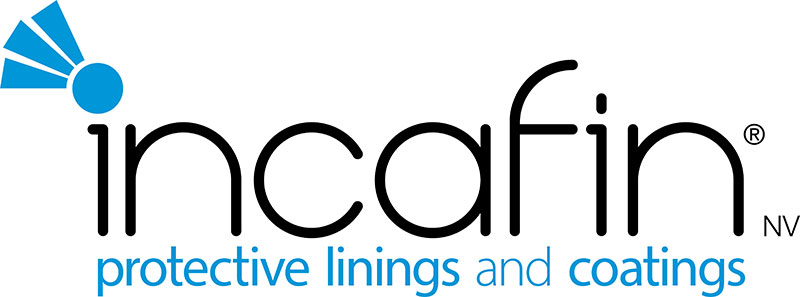Sustainability and ecology
Incaline® was formulated to fulfil the output requirements of environmental standards in terms of the ‘Best Available Techniques’ (BAT). These are the most effective methods, that are both technically and economically feasible, to prevent emissions and other negative environmental impacts.

The formulation of Incaline® always takes ecology and environmental aspects into account. Product optimisation is a continuous process. When better raw material alternatives are available, the formulation is optimised and adapted if this is technically and economically feasible. The starting premise, however, is to always maintain the product’s high quality and sustainability.
- No solvent is released during the processing (solvent-free epoxy), preventing the release of noxious vapours into the environment.
- There is not any leaching of harmful substances after curing, which may contaminate the soil and surface water in the long term. Leaching tests were performed to this end.
Incaline® does not contain any (hexavalent) chromium compounds or heavy metals
(Hexavalent) chromium compounds are carcinogenic and harmful to humans and the environment. Incaline® does not contain any (hexavalent) chromium compounds. As such it complies with Directive 2004/37 of the European Parliament and Council.
Heavy metals are considered toxic and harmful to humans and the environment. Heavy metals can leach into the soil and can thoroughly contaminate our water table. Nor does Incaline® contain any heavy metals. This was tested in solid material using ICP-OES (analysis with plasma and a spectrometer) after microwave-assisted acid digestion.
Circular
At the end of its life span Incaline® can be ground up and processed as residual waste. This means it can be used as a substrate for foundations, contributing to the circular economy
Incaline®: An ecological and environment-friendly product!
Incaline® can thus be considered an ecological, environment-friendly product. The application of Incaline® reduces the carbon footprint of structures, because their life span is extended to 75 years.
